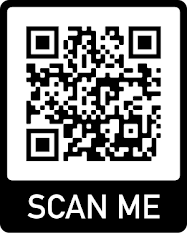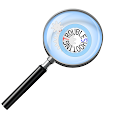Mrs. Katherine Tee’s words:
“On the night in question (7th-8th March), I was standing a
night watch alone. Well, sitting, really. Watching the stars, since I had been
spending the passage identifying and learning a new constellation every night.
And I thought I saw a burning plane
cross behind our stern from port to starboard; which would have been
approximately North to South. It was about half the height of other flights
which I had been gazing at during that part of the passage. Since that's not
something you see every day, I questioned my mind. I was looking at what
appeared to be an elongated plane glowing bright orange, with a trail of black
smoke behind it. It did occur to me it might be a meteorite. But I thought it
was more likely I was going insane.”
“Na noite em questão (7-8 de Março),
eu estava em pé [acordada] sozinha
observando a noite. Bem, sentada, na realidade. Observando as estrelas, uma vez
que eu tinha estado gastando a jornada identificando e aprendendo acerca de uma
nova constelação a cada noite. E eu pensei que vi um avião em chamas passar
por trás de nossa popa, da esquerda para direita, o que seria aproximadamente do
Norte para o Sul. Ele estava acerca da metade da altura de outros voos , os
quais eu tinha estado a contemplar durante essa parte da jornada. Uma vez que
isso não é algo que se vê todos os dias, eu questionei a minha mente. Eu estava
olhando para o que parecia ser um avião alongado na cor laranja clara incandescente,
com um rastro de fumaça preta atrás dele. Ocorreu-me que poderia ser um
meteorito. Mas eu pensei que fosse mais provável que eu estivesse ficando maluca.”


MH370 turning towards West
Mrs. Katherine Tee's plane insight
Mrs. Katherine Tee's ship path map














